Since you're asking for a keyword real-time design patterns, overly OOP is often a performance bottleneck to real-time applications, since all the objects (and I guess polymorphism to some extent) add overhead.
Why real-time application? The graph you provided looks very sophisticated,
You process the incoming data multiple times in parallel, split it up, merge it and so on.
Every node in the graph adds different effects and makes different computations, where some computations may take longer than others - this leads to the conclusion, that in order to have uniform data (sound), you have to keep the data in sync. This is no trivial task.
I guess some other keywords would be: sound processing, filter. Or you could ask companies that work in that area for literature.
Leaving the time sensitivity aside, I constructed a little OOP example,
maybe an approach like that is sufficient for less complex scenarios
public class ConnectionCable implements Runnable, Closeable {
private final InputLine in;
private final OutputLine out;
public ConnectionCable(InputLine in, OutputLine out) {
this.in = in;
this.out = out;
// cable connects open lines and closes them upon connection
if (in.isOpen() && out.isOpen()) {
in.close();
out.close();
}
}
@Override
public void run() {
byte[] data = new byte[1024];
// cable connects output line to input line
while (out.read(data) > 0)
in.write(data);
}
@Override
public void close() throws IOException {
in.open();
out.open();
}
}
interface Line {
void open();
void close();
boolean isOpen();
boolean isClosed();
}
interface InputLine extends Line {
int write(byte[] data);
}
interface OutputLine extends Line {
int read(byte[] data);
}
